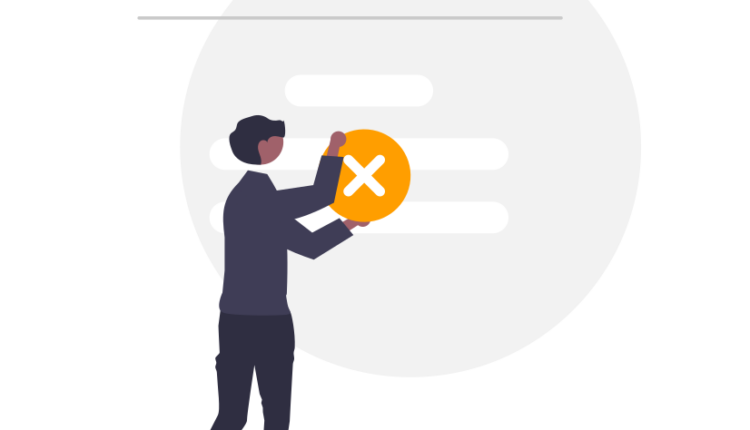In the world of digital advertising, there is a major issue lurking in the shadows: invalid traffic. This occurs when a website receives visitors from bots rather than humans. It’s similar to having fictional guests over, and it can muck up your statistics and make your adverts less successful.
What is Invalid Traffic?
Assume you own a lemonade stand and keep track of how many cups of lemonade you sell each day. What if some of those cups were stolen by the wind or a mischievous raccoon? Those cups would be equivalent to invalid traffic in that they don’t truly count.
In technical terms, invalid traffic refers to any ad clicks or views that do not benefit the advertiser. This might happen by chance, or it can be done on purpose to defraud the system. This type of traffic is bad for advertising because it does not lead to real customers.
Different Types of Invalid Traffic
There are two kinds of invalid traffic:
1. General Invalid Traffic (GIVT): This is more visible. It includes the following:
– Search Crawlers: These are robots that assist search engines in finding and comprehending websites.
– Traffic from Known Data Centres: Some locations are notorious for generating bogus traffic.
– Irregular Patterns: If someone or something is clicking on advertising too frequently or too quickly, it is most likely not real.
2. Sophisticated Invalid Traffic (SIVT): This is more difficult to detect because it is designed to resemble actual people. It includes the following:
– Incentivized Clicks: When consumers are deceived into clicking on advertisements in exchange for benefits.
– Misleading User Interface: When websites are designed to trick users into accidentally clicking on advertisements.
– Fraudulent Browser Automation: When computer programs pose as human beings.
How Invalid Traffic Hurts Publishers
Invalid traffic is terrible news for publishers or people who place advertisements on their websites. This is why:
1. Ad Revenue Loss: If ad clicks are fraudulent, advertisers will refuse to pay, and publishers will lose money.
2. Inventory Reputation: If a publisher’s website has an excessive amount of false traffic, advertisers may be hesitant to partner with them.
3. Account Suspension: If a publisher’s account receives too much invalid traffic, Google and other ad networks may suspend it.
4. Reduced User Engagement: Fake traffic might make it difficult to discern what actual visitors are doing on a website.
5. Advertiser Dissatisfaction: Advertisers want real people to see their advertising, and if they notice a lot of phony traffic, they may decide not to advertise on a publisher’s website.
How to Reduce Invalid Traffic
Nobody likes phony friends, and publishers despise phony traffic. So, how are you going to keep it at bay? Here are some pointers:
1. Understand Your Traffic: Use tools such as Google Analytics to determine where your traffic is coming from.
2. Don’t Buy Traffic: While buying traffic may appear to be a quick cure, it is mainly phony and will not help you in the long run.
3. Do not click on your own advertisements: It is against the rules and may result in the suspension of your account.
4. Place advertising Carefully: Make certain that advertising is placed in such a way that people do not accidentally click on it.
5. Use Third-Party Services: There are companies that can assist you in avoiding fraudulent traffic.
6. Remove Invalid Traffic: Use tools such as Google Analytics to remove known bots and data centers.
What Else Should a Publisher Know?
According to marketing expert Elias Terman, publishers lose more money to fraud than they realize. Advertisers set aside funds for traffic, but if that traffic is fraudulent, the funds are diverted to fraudsters rather than publishers. So, to continue earning money from ads, it is critical to combat invalid traffic.
Frequently Asked Questions
Q1. What exactly does incorrect traffic mean?
Invalid traffic occurs when a website receives visits that are not genuine, such as from robots, which can corrupt data and advertisements.
Q2. Can you give me an example of invalid traffic?
One example is when robots pretend to click on adverts, giving the impression that there are more people interested in them than there actually are.
Q3. How can I halt erroneous traffic?
Utilize technologies to detect and block bogus traffic, examine your website’s data for anomalies, and utilize tools such as CAPTCHAs to deter robots. Read the tips above for additional information.


